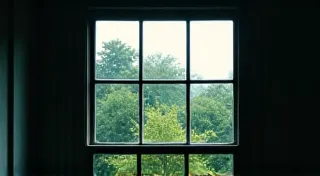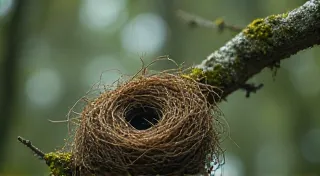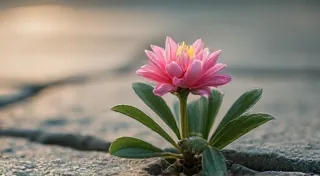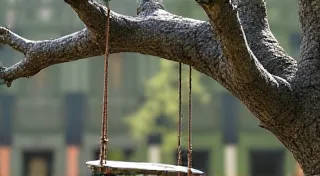The Sapphire Gaze: A Birdwatcher’s Soliloquy on Patience and Presence
The early morning air hung thick and damp, smelling of pine needles and the promise of rain. It’s a scent that always draws me back, a silent invitation to the sanctuary I’m about to inhabit. Birdwatching isn’t a hobby for me; it’s a ritual, a dialogue with a world largely ignored by the frantic pace of modern life. It’s a chance to reconnect, not just with nature, but with a quieter, more attentive version of myself. There’s a peculiar magic in the stillness, in the anticipation, in the sudden, vibrant flash of a wing against the emerald tapestry of the forest.
I remember my grandfather, a man of few words but a keen observer of all things. He wasn’t a formal birdwatcher, not in the sense of checklists and rare sightings. He simply watched. He’s the one who first introduced me to this quietude, this awareness. We’d sit on his porch, sipping weak coffee, listening to the dawn chorus erupt. He never explained much, just pointed, a subtle tilt of his head, a flicker of recognition in his eyes. Those moments weren't about identifying birds; they were about being present. Now, years after he's gone, I find myself instinctively mimicking those gestures, that almost silent communion.
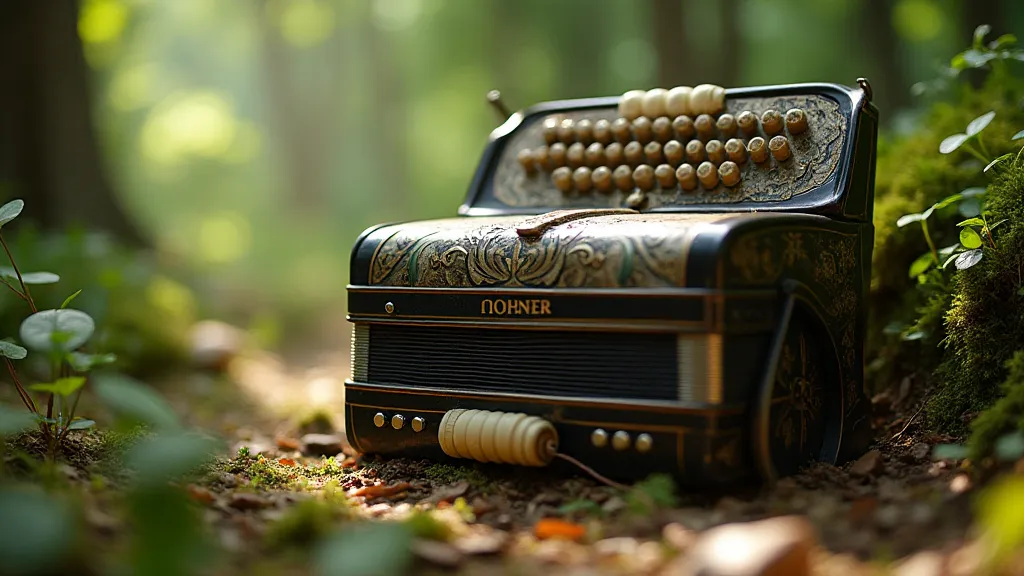
The Dance of Stillness
The core of birdwatching, I’ve come to realize, isn’t about the birds themselves, though their beauty certainly contributes to the allure. It’s about cultivating stillness. It’s about understanding that the most extraordinary moments often unfold when we stop chasing and simply observe. The frantic scramble, the constant need to “do,” actively repels the very things we seek. Birds, like all wildlife, are masters of camouflage, both physical and behavioral. They exist within the landscape, not above it. They become a part of it. To see them, you have to become part of that same awareness. You have to quiet the internal chatter, the anxieties, the endless to-do lists that plague the mind.
It’s a skill that extends far beyond the woods. Patience, honed in the observation of a patiently waiting heron, translates into tolerance for the frustrations of daily life. The ability to notice subtle shifts in behavior—a flicker of a tail, a change in vocalization—sharpening attention to detail in all aspects of existence. Birdwatching isn't merely a pastime; it’s a mindfulness practice disguised as a nature walk. Sometimes, simply understanding a bird's behaviors, its subtle communication, can reveal much about the environment around us. It’s almost like unlocking the language of wingbeats, deciphering the silent conversations unfolding all around.
An Echo of Craftsmanship: The Accordion's Parallel
There’s a parallel here, I think, with a craft long past its heyday: the making of antique accordions. My aunt collects them, each one a testament to a time when artistry and functionality intertwined seamlessly. She speaks of the bellows, meticulously stitched by hand, the keys, each individually tuned, the intricate carvings that adorned the casings—depictions of landscapes, musical instruments, scenes from folklore. Each accordion was a labor of love, a symphony of skill and dedication. Today, those instruments stand as relics of a lost craft, whispering tales of the artisans who breathed life into them.
Just as a bird blends seamlessly into its environment, relying on its natural camouflage, the best accordions were crafted to harmonize with the human form and the environment in which they were played. The sound, too, was integral to the design—a full, rich tone that resonated with emotion. There's a certain melancholy beauty in holding one of those instruments, knowing the countless hours of work that went into its creation, the hands that carefully shaped it, the music it once produced.
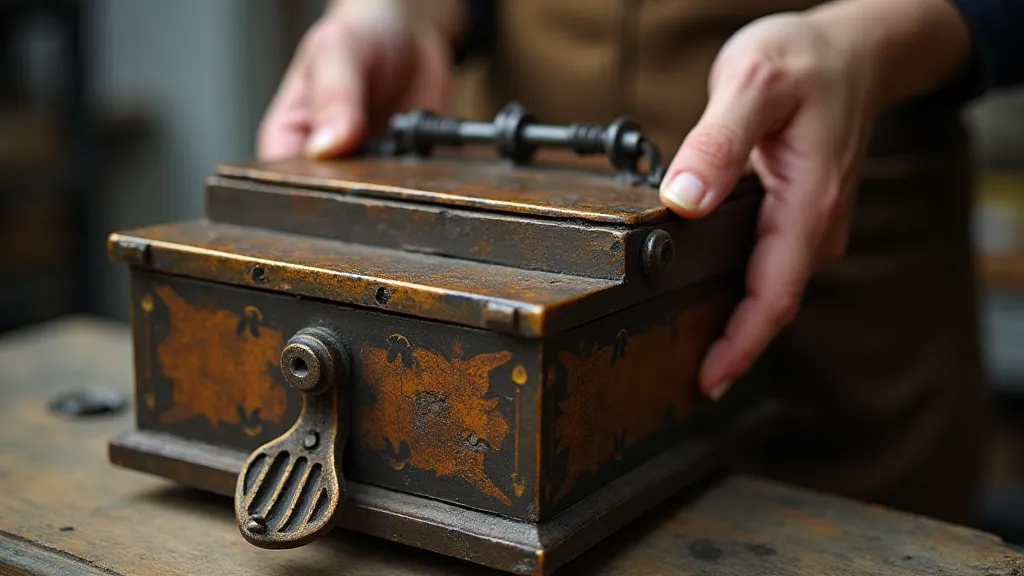
The Subtle Art of Identification
Of course, there’s the practical element of bird identification. The thrill of recognizing a Scarlet Tanager flashing through the trees, or the quiet satisfaction of correctly identifying a Warbler by its song. But even that aspect has evolved from a competitive checklist mentality to a more appreciative understanding. I no longer feel compelled to name every bird I see. Sometimes, it’s enough to simply observe its beauty, to appreciate its place within the ecosystem.
The guides, the apps, the online resources—they are tools, not substitutes for experience. They’re a starting point, a framework for learning. The true education comes from spending time in the field, observing, listening, and connecting with the natural world. The subtle differences in plumage, the nuances in vocalization—these are things that can’t be learned from a screen. They require dedicated observation, a willingness to be patient, and an open mind. These migrations, for example, are truly remarkable journeys, and thinking about following the wingbeat south, truly puts the scale of nature into perspective.
Restoration and Remembrance
My aunt’s accordion collection is a testament to the importance of preservation. She painstakingly restores each instrument, breathing new life into forgotten treasures. It's a delicate process, requiring a deep understanding of the original craftsmanship and a reverence for the history embedded within each piece. The same principle applies to our natural world. Conservation isn’t just about protecting vast tracts of wilderness; it's about appreciating the beauty and fragility of even the smallest patch of woodland, the solitary tree in the urban landscape.
There's a parallel between restoring an antique accordion and restoring a fragmented memory—carefully piecing together the past, celebrating the skill of those who came before, and ensuring that their legacy lives on. Both endeavors require patience, dedication, and a deep appreciation for the artistry of human creation. Sometimes, the echoes of the past can be heartbreaking, realizing habitats are lost and populations dwindling. Reflecting on the azure echo – the loss and recovery in avian populations – underscores the urgent need for continued conservation efforts. We must recognize the delicate balance and strive to protect these precious creatures for generations to come.
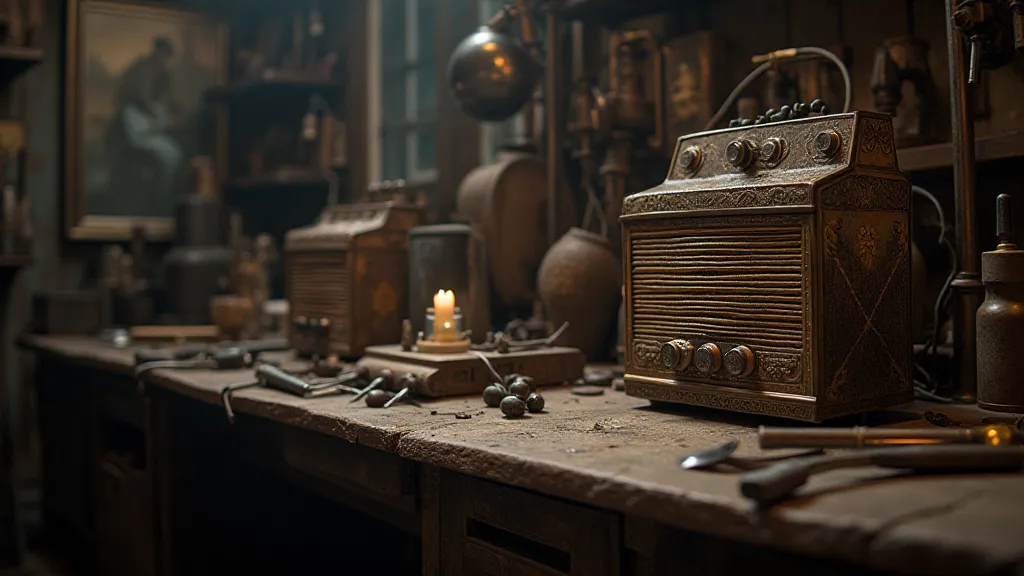
The Sapphire Gaze
I’m often struck by the way a bird’s eye is like a tiny sapphire—clear, focused, and filled with an ancient wisdom. It’s a gaze that encompasses the vastness of the sky and the intimacy of the forest floor. It’s a gaze that reminds me of the interconnectedness of all things, of the profound beauty that exists in the simplest of moments. To truly watch a bird isn't just to see it; it’s to connect with that sapphire gaze, to share in its perspective, and to be reminded of the inherent value of stillness, observation, and presence. And that, I believe, is a gift worth cherishing, a lesson worth learning, and a perspective that can transform not only our appreciation for the natural world, but for the entirety of our lives. Thinking about the places birds have inhabited for centuries, and recognizing how human activity can erase entire ecosystems, it’s important to consider the echoes of the rookery—the ghosts of forgotten habitats—as a potent reminder of our responsibility to safeguard the planet’s biodiversity. The fragility of these memories, both personal and environmental, compels us to act, to preserve, and to remember.

